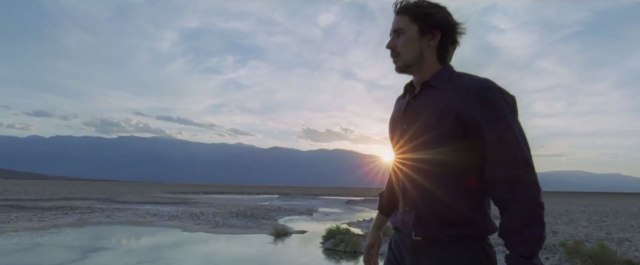
Easily Malick’s most impenetrable film, as well as perhaps his most visually breathtaking. The subject matter is rather scattered, with little of a sense of grounding in the lead character’s life. Instead it uses poetic devices and artful cinematography to engage the viewer with a fleeting glimpse into a life. It borders between genius and superficial, creating most often a mass ornament of female bodies and the ‘high-life’. In a way its Malick’s response to Fellini’s La Dolce Vita, Sorrentino’s The Great Beauty, and Harmony Korine’s Spring Breakers, perhaps at best being self-parody and mockery of Korine’s derivation by deliberately over saturating the film with his signature techniques. With such little narrative and a strongly poetic tone, it is difficult to judge this film after just one viewing. It begins and ends as if flowing from a non-source; it is poetry without a sense of being written. In spite of Malick’s distinct style, he has found a way to avoid being pigeon-holed as a stylist. His affectations are somehow devoid of ego.
Most notable as a stylistic development in this film are the canted angle shots which languidly glide from Lubezki’s camera. It moves in and out of each character’s presence. The soundtrack is left untampered in these moments, causing voices to raise and lower in volume based on their distance to the microphone. For this reason, the film begins with a caution that it’s best watched at high volume. The whispered voice-over—Malick’s signature—is another reason for needing a high volume, as almost the entire film incorporates voice over: philosophical ramblings, inner thoughts, actual dialogue.
There is surprisingly only one shot of a woman prancing forward, and the film employs notably shorter takes than Malick’s usual, as if building off the continuous-jump-cut style he began with To The Wonder (See review here for description) . Lastly, the sets of Knight of Cups are always highly lit up, iridescent, and immanent. Not only is Malick’s affection for sunlight on display, but the ‘high life’ allows him to use reflective pools, windows, and large open spaces with big windows to fill each and every shot with tons of light and energy. Knight of Cups is thereby certainly Malick’s most energetic and lively film.
All in all, the film’s poetic nature makes it more akin to a musical symphony than to cinema proper, and as such, I presume that it requires viewing multiple times for one to become in tune with the formal changes, motifs, and rhythms. After just one viewing, it sits near the bottom of Malick for me, but I feel that with time it could prove to be one of his absolute best.
85/100 – Excellent






Pingback: Best of 2016 | Aesthetics Of The Mind